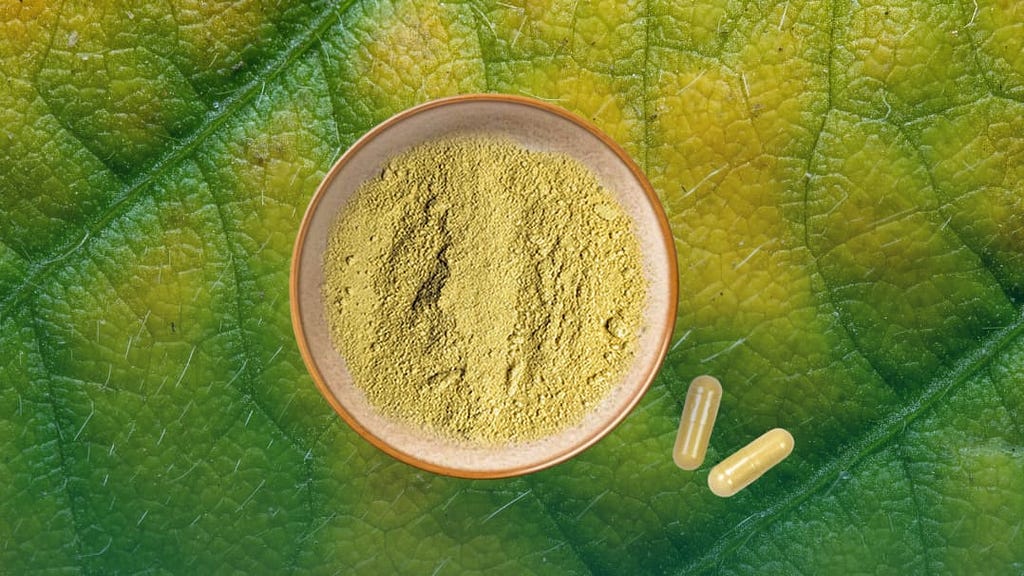
By: The Posts Author | Posted on: 28 Dec 23
Cellular senescence is a physiological process through which, in response to stress, cells stop dividing but don’t die. Some senescent cells linger indefinitely in tissues by upregulating pro-survival mechanisms called senescent cell anti-apoptotic pathways (SCAPs) and downregulating pro-apoptotic pathways [1–3]. Accumulation of lingering senescent cells occurs with aging and can impair tissue function [4]. This connection to unhealthy aging occurs in part because senescent cells produce chemical mediators, collectively known as senescence-associated secretory profile (SASP), that may disrupt tissue function and immune responses and affect health [5,6].Maintaining balanced senescence is important because, although senescent cells can have undesirable actions, cellular senescence
Cellular senescence is a physiological process through which, in response to stress, cells stop dividing but don’t die. Some senescent cells linger indefinitely in tissues by upregulating pro-survival mechanisms called senescent cell anti-apoptotic pathways (SCAPs) and downregulating pro-apoptotic pathways [1–3]. Accumulation of lingering senescent cells occurs with aging and can impair tissue function [4]. This connection to unhealthy aging occurs

By: The Posts Author | Posted on: 6 Dec 23
Senescence is a term that derives from the Latin word senex, meaning senior or of old age. The word senescence is often used to refer to biological aging and the deterioration that comes with getting older. It takes this meaning when it is used to refer to a whole organism-organismal senescence. But senescence is also a process that occurs at the cellular level.Cellular senescence is a physiological process through which, in response to stress, cells stop dividing but don’t die. Instead, senescent cells linger indefinitely, interfering with normal tissue function. Cellular senescence is one of the main contributors to the aging
Senescence is a term that derives from the Latin word senex, meaning senior or of old age. The word senescence is often used to refer to biological aging and the deterioration that comes with getting older. It takes this meaning when it is used to refer to a whole organism-organismal senescence. But senescence is also a process that occurs at

By: The Posts Author | Posted on: 10 Nov 23
Cellular senescence is one of the twelve Hallmarks of Aging [1]; it is a characteristic of getting older in most organisms (including humans). Fisetin is one of a small group of compounds called senolytics that researchers are studying for countering cellular senescence.Senescence is a cellular stress response characterized by a permanent state of growth arrest (i.e., cells stop dividing but don’t die) and the production of chemical mediators that influence tissue health. With aging, senescent cells can linger in tissues and gradually accumulate, promoting tissue dysfunction, unhealthy aging, and age-related health decline [2,3].Senescent cells can be selectively eliminated with senolytics. Senolytics
Cellular senescence is one of the twelve Hallmarks of Aging [1]; it is a characteristic of getting older in most organisms (including humans). Fisetin is one of a small group of compounds called senolytics that researchers are studying for countering cellular senescence.Senescence is a cellular stress response characterized by a permanent state of growth arrest (i.e., cells stop dividing but

By: The Posts Author | Posted on: 3 Oct 23
What are Zombie Cells?Zombie cells are damaged cells that have stopped dividing but refuse to die, also known as senescent cells. Senescence is a stress response characterized by the production of chemical mediators that influence tissue health. Senescent cells that resist elimination by the immune system linger in tissues and gradually accumulate, promoting tissue dysfunction, unhealthy aging, and age-related health decline [1,2].Cells become senescent in response to different types of stress, ranging from environmental insults to mitochondrial dysfunction, DNA damage, oxidative stress, or telomere shortening, among others. Despite accumulating damage, they linger (akin to how Zombies refuse to die in books, TV
What are Zombie Cells?Zombie cells are damaged cells that have stopped dividing but refuse to die, also known as senescent cells. Senescence is a stress response characterized by the production of chemical mediators that influence tissue health. Senescent cells that resist elimination by the immune system linger in tissues and gradually accumulate, promoting tissue dysfunction, unhealthy aging, and age-related health decline [1,2].Cells

By: The Posts Author | Posted on: 8 Mar 23
Autophagy is a natural process in the body that helps to clean up and recycle cellular waste, providing a variety of health benefits. Natural autophagy has been linked to healthy cognitive function, optimal antioxidant function, and optimal overall health.*Autophagy is an important process for maintaining healthy cognitive function. It has been termed the “cleanup crew” of the body, as it helps to remove worn-out proteins, impaired organelles and other cellular debris. According to Dr. Andrew Huberman, “Autophagy is a fundamental process for keeping the brain healthy and resilient.” It helps to provide free radical protection, optimize metabolic efficiency and protect neurons.*Autophagy
Autophagy is a natural process in the body that helps to clean up and recycle cellular waste, providing a variety of health benefits. Natural autophagy has been linked to healthy cognitive function, optimal antioxidant function, and optimal overall health.*Autophagy is an important process for maintaining healthy cognitive function. It has been termed the “cleanup crew” of the body, as it helps

By: The Posts Author | Posted on: 3 Nov 22
Senescence in Skin Aging — How Qualia Senolytic May Support Skin YouthfulnessWhat is Cellular Senescence?Cellular senescence is a state of irreversible growth arrest that turns functional cells into “zombie cells”-cells that are unable to divide and proliferate, but also resistant to cell death. Senescence changes cells’ characteristics, functions, and the set of molecules they secrete. Molecules released by senescent cells are collectively known as the senescence-associated secretory phenotype (SASP) and include cytokines, chemokines, matrix metalloproteinases (MMPs) and growth factors, for example. These mediators can modulate the activity of surrounding cells and influence tissue function and health [1,2].In normal conditions, senescence can be triggered
Senescence in Skin Aging — How Qualia Senolytic May Support Skin YouthfulnessWhat is Cellular Senescence?Cellular senescence is a state of irreversible growth arrest that turns functional cells into “zombie cells”-cells that are unable to divide and proliferate, but also resistant to cell death. Senescence changes cells’ characteristics, functions, and the set of molecules they secrete. Molecules released by senescent cells are collectively







